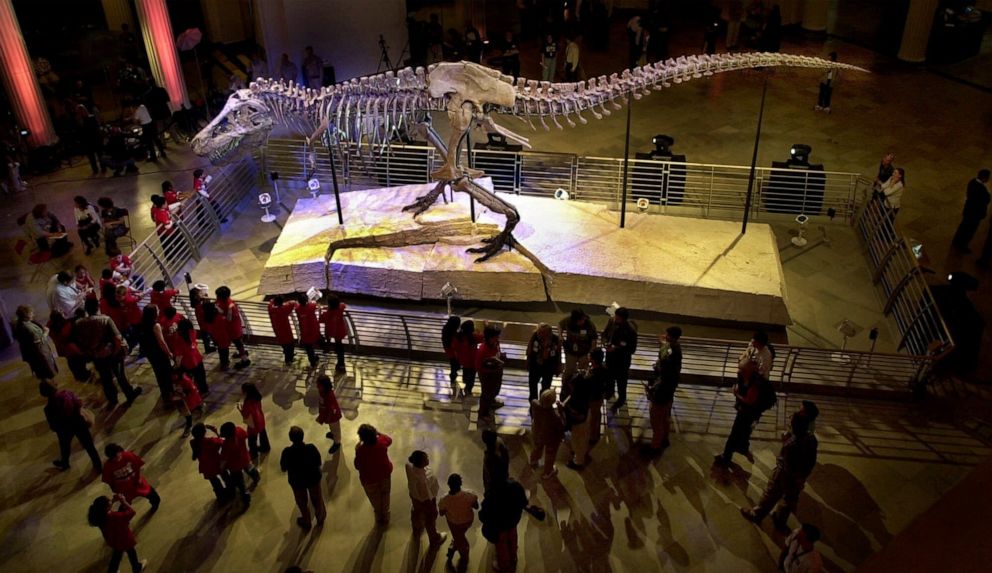
rex might have reached its maximum body length and height earlier in adulthood, but then bulked up as it became older and mature. The team suspect they know why Scotty was so heavy: its bones suggest it was an exceptionally old individual, probably in its early 30s. Persons and his colleagues used a few methods to work out how heavy Scotty would have been, including using the circumference of Scotty’s thigh bones to calculate how much weight the legs were capable of supporting. rex found, but its bones are the heftiest. Strictly speaking, Scotty is not the longest or tallest T. “And doing so there’s an oh gosh moment, because the specimen really is enormous.”

“It wasn’t until now we’ve been able to take a step back and look at the specimen as a whole,” says Persons.

But because its bones were encased in particularly hard rock, freeing them took decades. Scotty was actually discovered about the same time as Sue, in the early 1990s (it earned its name from a bottle of scotch whisky used by the excavators to toast the find). Read more: Identity crisis: When is a dinosaur not a dinosaur?


 0 kommentar(er)
0 kommentar(er)
